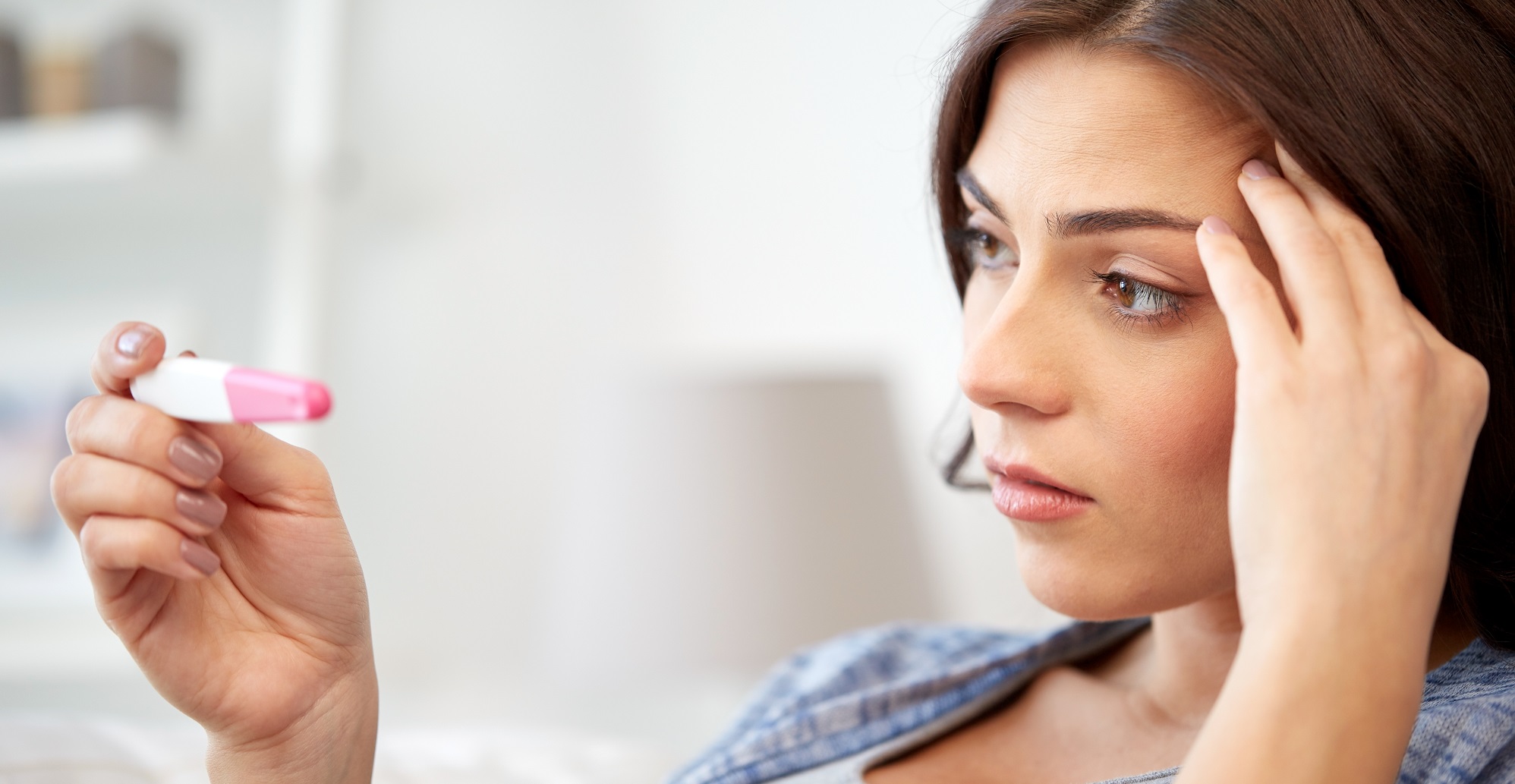
A trip to the bathroom becomes more difficult as a person ages. Sometimes, one wets the pants before reaching the toilet. Many consider incontinence as a part of aging, and thus are reluctant to seek help. Actually, it can be treated with significant improvement of one’s hygiene, health and confidence.
Normal urination process

The urine is stored in the urinary bladder. Bladder emptying is influenced by the volume of urine it contains. As more urine accumulates, the voiding feeling intensifies. During urination, the dome of the bladder (detrusor muscle) contracts to move urine into a tube called the urethra. Concurrently, the urethral sphincter and pelvic floor muscles relax, thus urine is expelled from the body. When the muscles in and around the bladder don’t work as they used to, urine can leak. Incontinence typically occurs if the muscles relax without warning.
Types of urinary incontinence
- STRESS INCONTINENCE
This is associated with increased abdominal pressure from coughing, sneezing, laughing, climbing stairs or lifting heavy objects. Stress incontinence are more common in women due to pregnancy, childbirth, and during onset of menopause. Men with enlarged prostate, history of prostate cancer treatment or prostate surgery too can develop stress incontinence.
- URGE INCONTINENCE
Urge incontinence occurs when there is an urgent need to void causing involuntary leakage before one reaches the toilet. It is characterized by involuntary detrusor muscle contractions. Common causes are stroke, dementia, Alzheimer’s disease, multiple sclerosis and Parkinson’s disease.
- OVERFLOW INCONTINENCE
This condition is characterized by small amount of urine leak from a full bladder without warning. It’s caused by an obstruction in the urinary tract or a hypocontractile bladder. In men, an enlarged prostate or damage from prostate surgery are more common, whereas in women it’s due to weak bladder muscles. In addition, constipation, faecal impaction, and nerve damage from stroke or diabetes can also cause this type of incontinence.
- FUNCTIONAL INCONTINENCE
This type of incontinence is caused by other disabilities. A person with arthritis may find difficulty to unzip his/her pants, in addition to bad knee joints causing longer trip to the toilet, thus voids accidentally. Other causes include stroke complications, Alzheimer’s disease or multiple sclerosis.
- MIXED INCONTINENCE
Patient can have a combination of stress and urge incontinence, especially in women, and urge plus overflow incontinence in men with benign prostatic hypertrophy.
Treatment
The choice of treatment depends on the type of incontinence a patient has, the severity and what best fits his/her lifestyle. Here are some examples:
- PELVIC MUSCLE EXERCISES
Also known as Kegel exercises strengthen the muscles that help to regulate urination.

- TIMED VOIDING
The treatment involves urinating on a set schedule. This helps one learns to delay voiding by gradually increase the time between bathroom trips.
- LIFESTYLE CHANGES
This include maintaining a healthy weight, drinking less caffeine, prevent constipation, and limiting drinks before bedtime.
- MEDICATIONS
Certain drugs may be prescribed such as anticholinergics, muscle relaxants, alpha blockers, and oestrogen.
- MEDICAL DEVICES
Some devices used are urethral inserts, intra-vaginal pessary.
- SURGERY
This is usually the LAST OPTION considered when all other treatment options failed.
Talk to your healthcare provider if you have this problem. With the proper and appropriate treatment, urinary incontinence can be managed.
References:
- https://www.britannica.com/science/urination
- https://www.nia.nih.gov/health/urinary-incontinence-older-adults
- https://www.aplaceformom.com/planning-and-advice/articles/elderly-urinary-incontinence
Image credit:
- https://www.istockphoto.com/my/photo/woman-needs-to-pee-gm513243322-87505129
- https://www.healthxchange.sg/sites/hexassets/Assets/seniors/urinary-incontinence-elderly.jpg
- http://www.urologycares.com/images/overactive-bladder.jpg
- https://riversidepilateswirral.co.uk/wp-content/uploads/2013/02/exercise.jpg








